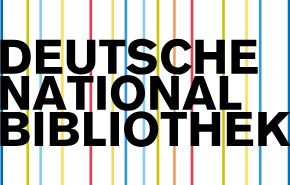PROPER USE OF LINGUISTIC ASPECTS IN SUBTITLING MOVIES AND TV SERIES
Abstract
Subtitling in movies and TV series is a multifaceted process that demands a sophisticated application of linguistic principles to ensure seamless communication across linguistic and cultural boundaries. This article provides an in-depth exploration of how linguistic aspects—syntax, semantics, pragmatics, and cultural adaptation—are strategically employed in audiovisual translation (AVT) to produce effective subtitles. Through a detailed qualitative analysis of subtitling practices in globally distributed English-language media, the study examines the interplay between linguistic accuracy, technical constraints, and audience reception. Examples from popular series and films illustrate how these elements enhance comprehension and engagement. The findings emphasize that high-quality subtitling requires a delicate balance of fidelity to the source text, readability under time-space limitations, and sensitivity to cultural nuances, offering valuable insights for AVT professionals and researchers.
Keywords
Subtitling, audiovisual translation, linguistic aspects, syntax, semantics, pragmatics, cultural adaptation, readability, cohesion, media accessibility, multilingualismHow to Cite
References
1.Gottlieb H. Subtitling-a new university discipline //Teaching translation and interpreting. – John Benjamins, 1992. – С. 161.
2.Cintas J. D., Remael A. Audiovisual translation: subtitling. – Routledge, 2014.
3.Pedersen J. How is culture rendered in subtitles //MuTra 2005–Challenges of multidimensional translation: Conference proceedings. – 2005. – Т. 18. – №. 1.
4.Valdeón R. A. Latest trends in audiovisual translation //Perspectives. – 2022. – Т. 30. – №. 3. – С. 369-381.
5.Mclaren, Charis and Dal Yong Jin. ““You Can’t Help But Love Them”: BTS, Transcultural Fandom, and Affective Identities.” Korea Journal 60 (2020): 100-127.
6.Deckert M. Audiovisual Translation–Research and Use: 2nd Expanded Edition. – Peter Lang International Academic Publishers, 2019. – С. 312.

This work is licensed under a Creative Commons Attribution 4.0 International License.
Authors retain the copyright of their manuscripts, and all Open Access articles are disseminated under the terms of the Creative Commons Attribution License 4.0 (CC-BY), which licenses unrestricted use, distribution, and reproduction in any medium, provided that the original work is appropriately cited. The use of general descriptive names, trade names, trademarks, and so forth in this publication, even if not specifically identified, does not imply that these names are not protected by the relevant laws and regulations.





